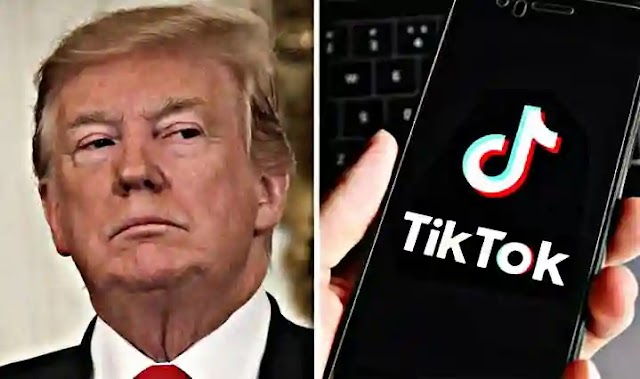Google currently has two video calling apps, Google Duo and Google Meet, with Google Hangouts now on its way out. It seems, however, that Google needs to settle it more and the company plans to replace Duo with Meet according to the reports.
According to 9to5Google, this discussion results from Google placing its consumer communication services, Duo, Messages and the Android Phone app, all under the leadership of Javier Soltero, head of the G Suite. After the announcement of this new 'unified team' in May, Soltero told staff that it makes a very little sense for Duo and Meet to exist side by side.
Google needed to step quickly to shore up Meet and take on Zoom, with almost everyone working from home and managing everything from lectures and online meetings. Like Duo, Meet is now open for all and aims to reach the same market.
Now the focus is on Meet, and Soltero has chosen to make it Google's one video calling service for both corporate and regular clients. This is described internally as a merger or two services, and was codenamed Duet-the Duo and Meet portmanteau.
Sources told 9to5Google that The Duo team was surprised by this new direction and the reduced interest in creating a dedicated consumer service.
Google Duo announced at I / O 2016 that it would replace Hangouts by a half of Google's new consumer messaging strategy. While Allo, Google's text messaging application, struggled, Duo found great success as a video-centric app.
Since then, Duo has added the "Story-esque audio and video messages" to its web interface, which is group calling but it integrally is still a simple application with a list of contacts in which you can tap to start a phone call.
Duo is integrated with Google Messages and the Google Phone dialer, and has recently added the option to allow people to be reached via their email ID.
An update introduced the AV1 codec in April, which enhanced the consistency of the video call, built-in images, wider groups and the ability to save messages on Duo. Google followed that with a "family mode," more virtual effects, link-based invitations and 32-person calls, in early May.
Sources made it clear that Duo will go away at the end of this merger and engineers who were working on Duo will move on to work on the development of Meet 's enterprise or have left the team.
The use of Meet has surged past Duo over the past few months, to be fair. Google reported in April that the peak daily use of Meet was increasing by 30x with three billion minutes of video meetings and almost three million new users a day. Participants to the daily meeting crossed over 100 million.
On the other hand, in April, Duo reported a 8 % increase increase in group calls as well as 10 million sign-ups per week, and ten-fold increase in call minutes.
Zoom 's success indicates that frequent users are satisfied to use an enterprise device for personal communication. And the fact that users are now familiar with generating a link that can be sent to other users instead of a direct contact list is what is important in 2020.
Monetised as a part of G Suite from day one, by integrating it with Gmail, Google has been explicit in how important Meet is. And now the plan is to get a few keys, Duo features on to Meet before the replacement happens and these include end-to - end encryption, contacting users for a video call via a phone number and 3D effects.
Google has also slowed the pace of development of Duo following the introduction last month of group conversations to the Nest Hub Max. Also overall , the development of Duo has slowed down compared to the other video calling apps. Google has provided a detailed timeline for future features of Meet.
Duo will not go anywhere anytime soon though. The period for the transition could take up to two years, according to sources. While development plans might change, it is not happening soon at all.




0 Comments